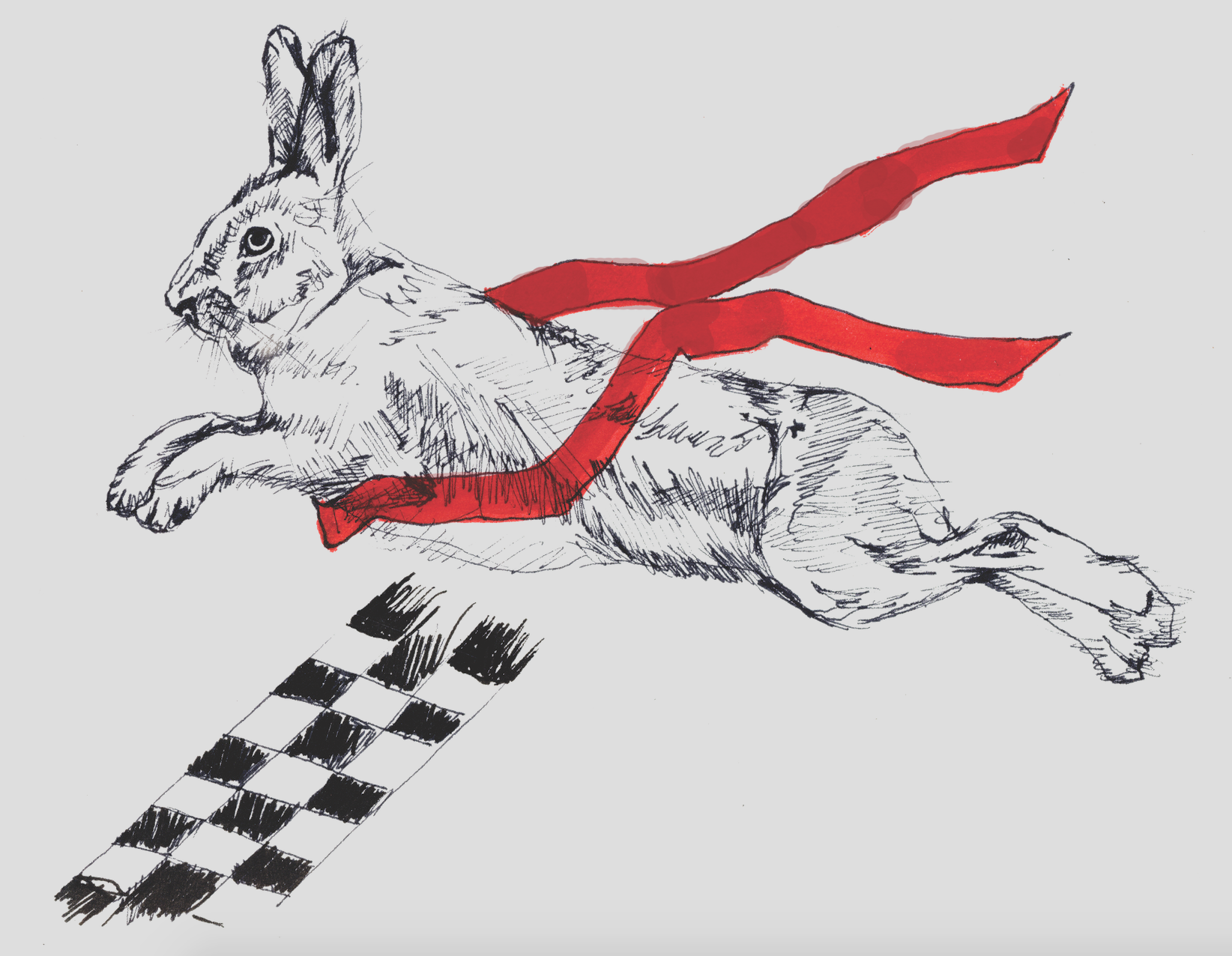Trudeau was first past the post but the numbers show that he wasn’t the choice of most
Eleven weeks later and here we have it: a majority Liberal government.

Many are cheering the end of the Harper era whereas others are scratching their heads wondering how this happened. To be sure, the polling firms seemed to be accurate with their predictions, but there wasn’t much talk of a majority government. A majority government means that a party, in this case the Liberal Party of Canada, holds a majority of the seats in the House of Commons, and therefore can pass laws largely uncontested.
The Liberal party received 39.5 per cent of the the votes cast, but received 54.5 per cent (184) of the 338 seats in the House of Commons. In Quebec, roughly one third (35.7 per cent) of voters chose the Liberals, yet this converted into more than half (40) of the 78 seats representing Quebec. To clarify, this isn’t the Liberals’ fault. This springs from the way we elect our governments in Canada. Called the single-member plurality, first-past-the-post or winner-takes-all, this electoral style is leaving Canadians dissatisfied. In fact, Eric Mintz, Livianna Tossutti, and Christopher Duun, authors of Canada’s Politics, note that while there is optimism for Canada’s democracy, there is a fading sense of efficacy in our politics.
What’s more, the skewed results occur at the expense of other parties, and in this election the New Democratic Party felt it worst: one in five voters voted for them (19.7 per cent), but they only got a little more than one in 10 seats (13 per cent).
This can be frustrating, especially since Canadians have had to bear the longest campaign since the 19th century—a time in which mass media didn’t have the same presence as it does today. That said, it’s worth outlining how this system works.
First, Elections Canada divides up the country into 338 ridings. Each riding usually has a candidate representing the different major parties. Second, when the polling ends, the votes counted in a voting district will decide which of these candidates wins the seat in Parliament.
How do they win?
Let’s take for example the riding in which the Sir George Williams campus is located in. Marc Miller, Allison Turner, Steve Shanahan, Daniel Green, and Chantal St-Onge represented the Liberal Party of Canada, the NDP, the Conservative party, the Green party and the Bloc Québécois, respectively. Marc Miller received 50.8 per cent of the votes, with Turner (23.4 per cent) and Shanahan (11.9 per cent) as runner-ups. This was a clear victory. The problem is, however, this turns out to be the exception rather than the rule. Not to mention 49.8 per cent of the votes go to waste.
What happens in hotly contested districts?
An example of this would be in Laurier-St. Marie. Three candidates ran closely: Hélène Laverdière (incumbent) for the NDP, Gilles Duceppe for the the Bloc Québécois, and Christine Poirier for the Liberal party. None of the candidates received close to a majority like Marc Miller did, yet Hélène Laverdière walked away with a win despite having 62.2 per cent of voters vote against her.
This leaves many Canadians feeling unheard, and even with Elections Canada reporting a seven per cent increase in voter turnout, it leaves me wondering just how much Canadian democracy works for the people. Political scientists Patrick Malcolmson and Richard Myers note in their book, The Canadian Regime, that only three of the the last 26 elections were won with a majority of the popular vote, yet 17 have resulted in majority governments for the winning party.
Finally, these shortcomings will have an effect on unifying the country. One way, as Malcolmson and Myers observe in The Canadian Regime, is that this system tends to foment regionalism. Which can lead to some parts of Canada being left out of national policy. Clearly, this seems opposite to what our national government should accomplish.
Alternatives do exist and Justin Trudeau promised this election would be the last in our current first-past-the-post system. I sincerely hope he keeps this promise, or else someone else will be borrowing the very same words he used upon election night in 2019: “My friends, this is Canada, and in Canada better is always possible.”




